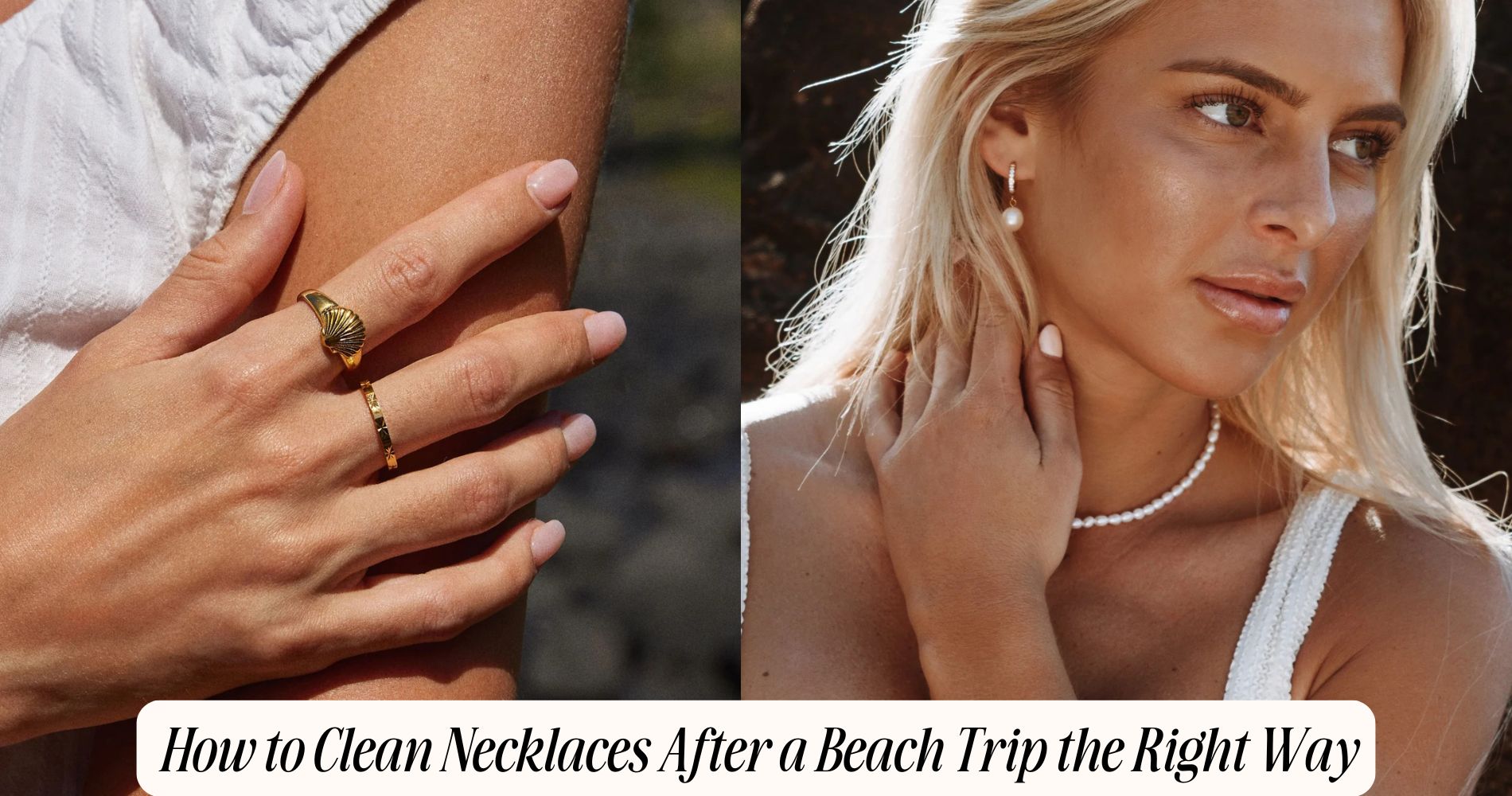
How to Clean Necklaces After a Beach Trip the Right Way
Wondering how to clean necklaces after a beach trip? Start by inspecting your jewelry for damage and gently shaking off any sand. Use a soft-bristled brush to remove debris, paying close attention to clasps and intricate details. Rinse your necklace under lukewarm distilled water to eliminate salt and sunscreen buildup. If you're cleaning precious metals, use a mild, pH-neutral soap. Pat everything completely dry with a lint-free cloth and store it in a separate anti-tarnish pouch. With these expert tips, you’ll keep your jewelry looking radiant—especially pieces from our Gold Beachy Jewelry collection.
Assessing the Condition of Your Necklace
Before you begin cleaning your necklace, carefully inspect it for any signs of damage, such as loose clasps, bent links, or missing stones.
Examine the necklace material closely; different metals and gemstones require unique handling to prevent scratches or corrosion.
Pay attention to the jewelry design—delicate filigree, intricate chainwork, or prong-set stones could hide sand or salt deposits, impacting both function and appearance.
Check for any stress points or weak soldering that might worsen during cleaning. If you notice any structural issues, set the necklace aside for professional repair rather than risking further damage.
Understanding your necklace material and design guarantees you’ll choose the safest cleaning method.
Always prioritize the integrity of your jewelry before beginning any cleaning process, especially after a beach trip.
Gathering the Right Cleaning Supplies
Since each necklace material demands specific care, gather cleaning supplies tailored to your jewelry's composition.
Start by identifying whether your beach accessories are made of gold, sterling silver, stainless steel, or costume materials.
For precious metals, use a mild, non-abrasive jewelry cleaner and a soft-bristled brush.
If your necklace includes pearls or gemstones, opt for a pH-neutral soap and a lint-free cloth.
Always have distilled water on hand to prevent mineral deposits.
Latex gloves will protect both your hands and the jewelry’s finish during cleaning.
Separate your necklace from other items, just as you'd with swimsuit care, to avoid cross-contamination.
Lay out a microfiber towel for drying and inspection.
Avoid using harsh chemicals or abrasive sponges, which can cause irreversible damage.
Removing Sand and Debris Gently
Although sand and debris may seem harmless, they can cause micro-abrasions or become lodged in delicate chain links and settings. To prevent lasting damage from beachside mishaps, inspect your necklace under bright light, using a jeweler’s loupe if possible.
Gently shake or tap the piece over a soft cloth to dislodge loose particles. For stubborn grains, use a soft-bristle brush—such as a clean, unused makeup brush—to tease out debris without scratching metal or gemstones.
Never use sharp objects, as they risk scratching or bending fragile components. Pay close attention to clasps and intricate settings, where sand can accumulate unnoticed.
Once all visible debris is removed, temporarily place your necklace in a padded jewelry storage pouch to keep it safe until you’re ready for the next cleaning step.
Rinsing Off Salt and Sunscreen Residue
Even trace amounts of salt and sunscreen can dull your necklace’s shine and corrode delicate metals over time. After removing visible beach debris, rinse your necklace under lukewarm, distilled water. This step guarantees you’re not introducing new minerals that could react with your jewelry.
Focus on areas where sun protection products tend to accumulate, such as clasps and chain links. Use your fingertips to gently guide water along the surface, dislodging any residual film. Never use hot water, as it can damage certain gemstones or loosen adhesives.
Avoid harsh scrubbing, which can scratch metals and delicate finishes. If you notice stubborn residue, use a soft, lint-free cloth dampened with distilled water. Rinse thoroughly and pat dry with a clean, soft towel.
Cleaning Gold and Gold-Plated Necklaces
A gentle, methodical approach preserves both the luster and integrity of gold and gold-plated necklaces. Use lukewarm water and a mild, phosphate-free dish soap to avoid damaging delicate finishes. Soak your necklace briefly—no more than two minutes—to loosen salt, sand, and sunscreen remnants.
With a soft-bristled brush, gently remove debris from intricate links and clasps. Don’t use abrasive materials or harsh chemicals, as these can prompt premature wear or necessitate professional jewelry repair. Rinse thoroughly and pat dry with a lint-free microfiber cloth to prevent water spots.
For added brilliance, employ specialized polishing techniques using a jewelry polishing cloth designed for gold surfaces. Avoid excessive rubbing, especially with gold-plated pieces, to prevent thinning of the plating.
Store your cleaned necklace in a padded jewelry box to minimize future tarnish.
Safely Washing Silver Chains
Silver chains demand a dedicated cleaning regimen to maintain their shine and prevent tarnish. After a beach trip, it’s essential to remove salt, sand, and sunscreen residue promptly.
Begin by filling a bowl with lukewarm water and a few drops of mild dish soap—avoid harsh chemicals, as they can accelerate corrosion. Submerge your beach jewelry for several minutes, then use a soft-bristled toothbrush to gently scrub crevices and links.
Rinse thoroughly with clean water to eliminate soap traces, ensuring you don’t leave moisture trapped, which can promote tarnish. Pat dry with a lint-free cloth, taking care not to rub abrasively.
For ideal silver maintenance, store your clean chain in an anti-tarnish pouch or a sealed plastic bag to reduce air exposure.
Caring for Gemstones and Pearls
While gemstones and pearls often appear resilient, their unique compositions demand specialized care to prevent scratching, dullness, or irreversible damage. Begin with a meticulous gemstone inspection—look for chips, cracks, or loosened settings that salt or sand exposure could worsen.
Use only a soft, damp cloth to gently wipe each stone, avoiding harsh chemicals and abrasive materials that compromise luster and structural integrity.
For pearl maintenance, remember that pearls are porous and highly susceptible to acids and abrasives. Wipe each pearl with a clean, barely damp cloth, ensuring you remove any salt or residue without soaking the string or causing swelling.
Never use ultrasonic cleaners or detergents.
Handle each piece with care, supporting fragile settings, and always separate gemstones and pearls from other jewelry to prevent accidental scratches.
Drying Necklaces Without Causing Damage
Even after meticulous cleaning, improper drying can compromise the structure and finish of your necklaces. To guarantee necklace safety, gently pat each piece dry with a lint-free, non-abrasive microfiber cloth. Avoid using paper towels or tissues, as these can scratch delicate metals and gemstones.
Lay the necklace flat on a clean, dry towel in a well-ventilated area, ensuring no segments are tangled or overlapping. Never use direct heat sources like hairdryers, which can cause thermal shock or weaken soldered links.
Allow ample air circulation to enable thorough drying, minimizing moisture retention that could damage clasps or stringing material. Incorporate careful drying into your regular cleaning frequency to maintain longevity and reduce the risk of structural failure.
Handle pieces by their chain, not by pendants, to prevent undue stress.
Preventing Tarnish and Corrosion
Because exposure to air, moisture, and environmental pollutants accelerates tarnish and corrosion, it’s essential to store your necklaces in controlled conditions.
After a beach trip, salt and humidity can linger on beach jewelry, making metal tarnish more likely. Use an anti-tarnish cloth to gently polish the surface, removing residual salt or sunscreen.
For precious metals like silver or gold, apply a specialized anti-tarnish solution according to the manufacturer’s instructions. Don’t forget to inspect clasps and crevices, as these areas often trap corrosive particles.
Avoid touching clean jewelry with bare hands since oils can hasten oxidation. If your necklace features mixed materials, verify compatibility with any preventative product you use.
Consistently applying these methods will keep your beach jewelry radiant and corrosion-resistant.
Storing Necklaces Properly After Cleaning
After thoroughly cleaning your necklaces, make certain they’re completely dry before storing to prevent moisture-induced tarnish or microbial growth. Use a lint-free cloth and let each piece air dry individually.
For ideal jewelry storage, select a compartmentalized box lined with anti-tarnish fabric. This minimizes abrasion and shields your necklaces from humidity. Store each necklace separately to avoid tangling and friction, which can cause micro-scratches or metal fatigue.
For added protection, use individual soft pouches or anti-tarnish strips. Practice effective necklace organization by hanging chain necklaces or laying them flat, ensuring clasps are closed to prevent knots.
Avoid plastic bags, which can trap moisture or emit chemicals harmful to delicate metals. Always store jewelry in a cool, dry place away from direct sunlight.
Frequently Asked Questions
Can I Swim in the Ocean While Wearing Costume Jewelry?
You shouldn't swim in the ocean wearing costume jewelry. For beach safety and jewelry care, saltwater accelerates tarnishing, weakens clasps, and increases loss risk. Remove your pieces beforehand to prevent metal corrosion and avoid losing precious accessories.
What Should I Do if My Necklace Gets Lost in the Sand?
If your necklace gets lost in the sand, act quickly. Use systematic grid searching for lost item recovery. Employ a fine mesh sieve for sand removal. Prioritize personal safety and avoid digging too deep to prevent injury.
Are There Professional Services for Cleaning Beach-Damaged Necklaces?
You’ll find professional jewelry restoration services specializing in beach jewelry cleaning. Experts use ultrasonic cleaners, steam, and gentle solvents, ensuring safety for delicate metals and gemstones. Don’t risk DIY methods; let trained professionals restore your necklace’s brilliance.
How Can I Identify if My Necklace Is Genuine Gold or Just Gold-Plated?
To determine if your necklace is genuine gold or gold-plated, use gold testing kits for accurate analysis and inspect for hallmark identification stamps. Always wear gloves during testing to avoid skin contact with chemicals and protect your jewelry.
Does Saltwater Exposure Void Jewelry Warranties or Insurance?
You should review jewelry warranties closely because saltwater damage often voids coverage due to its corrosive effects. Insurers frequently exclude saltwater exposure, considering it preventable. Always check policy exclusions and practice preventative care to maintain your jewelry’s integrity.
Conclusion
After a beach trip, taking meticulous care of your necklaces is essential to preserve their luster and integrity. By using non-abrasive tools, pH-neutral cleansers, and gentle drying techniques, you’ll prevent micro-abrasions, tarnish, and corrosion. Always separate different materials—especially pearls and gemstones—to avoid cross-contamination or scratching. Store your cleaned pieces in anti-tarnish pouches or lined jewelry boxes. With these expert practices, you’ll ensure your necklaces remain safe, beautiful, and ready for your next adventure.








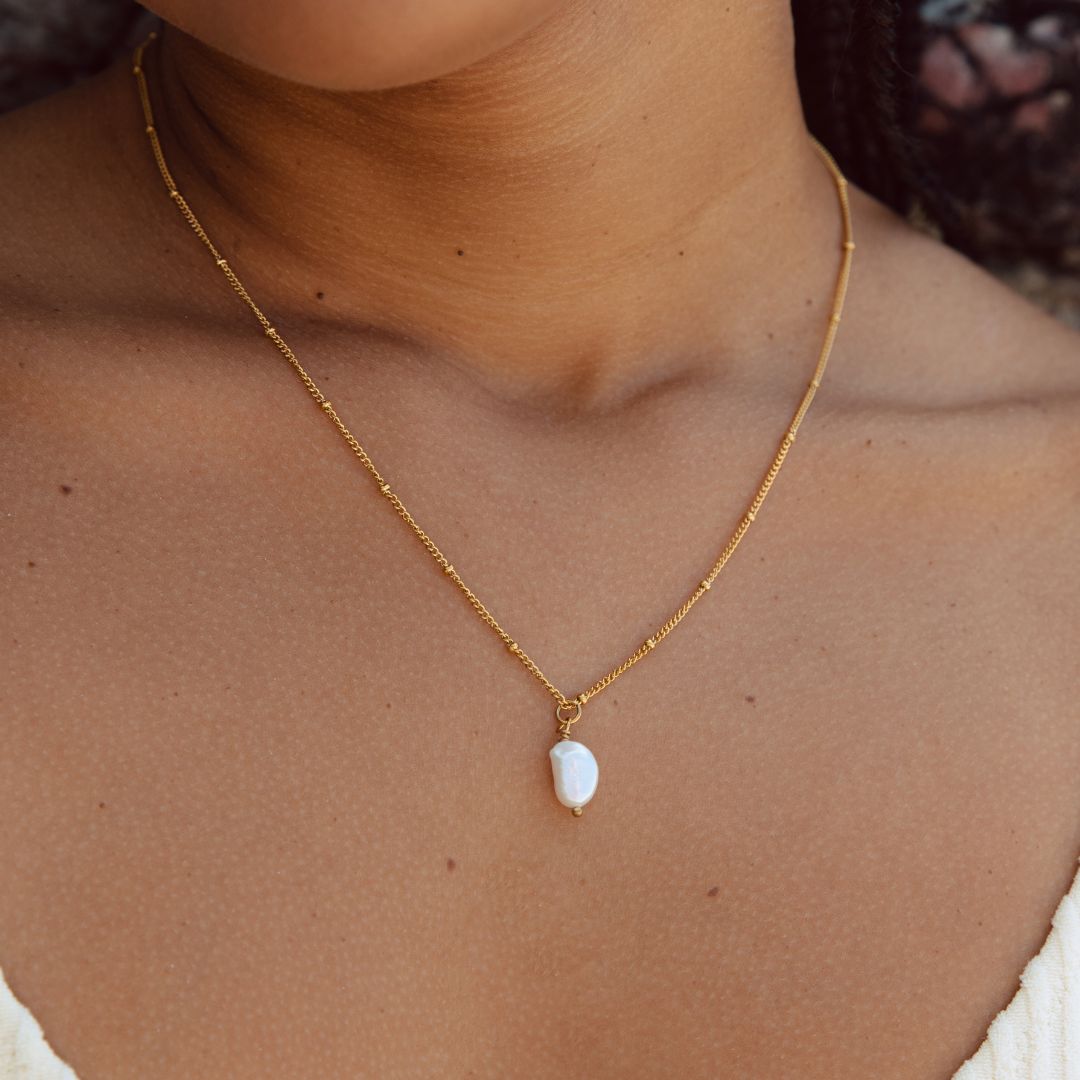

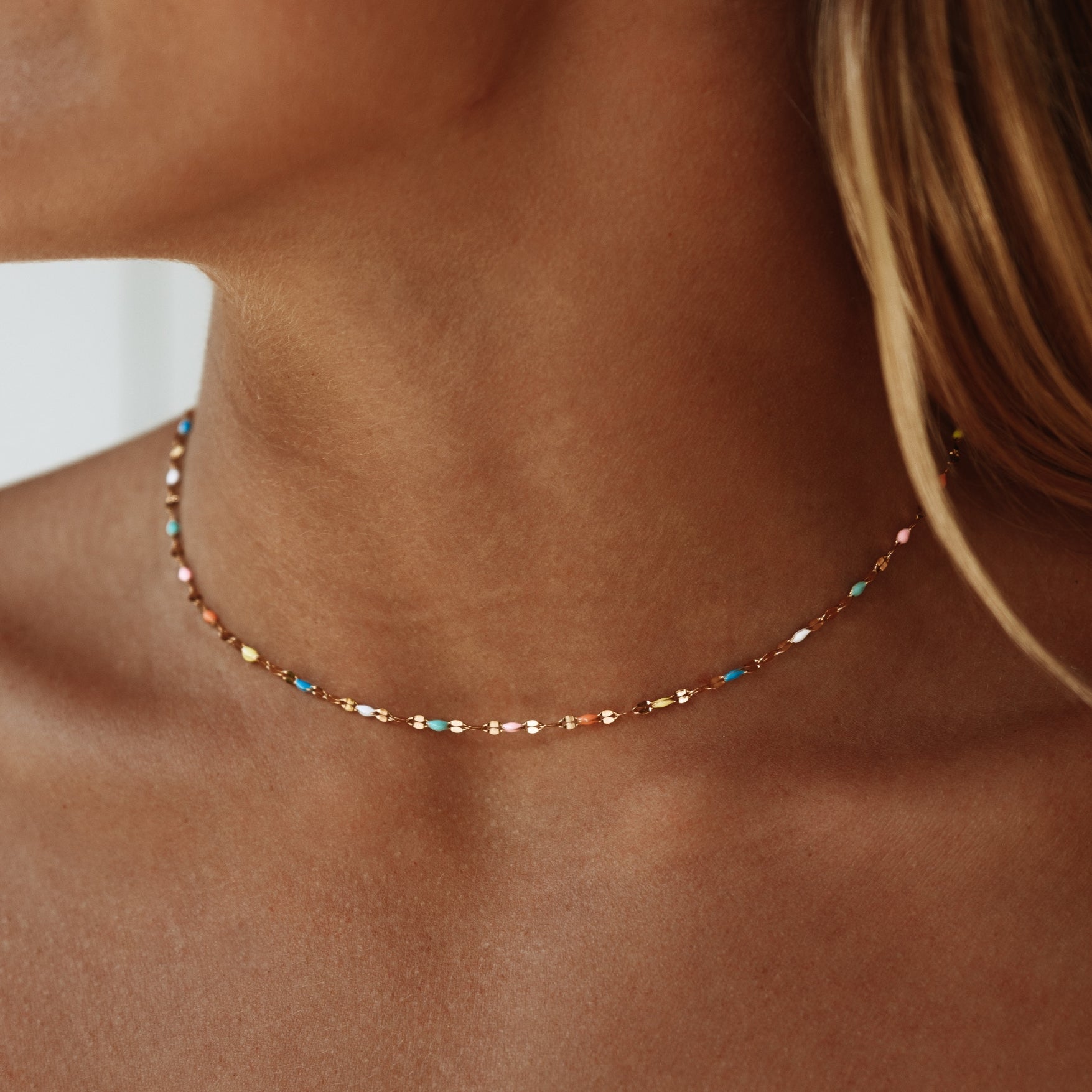


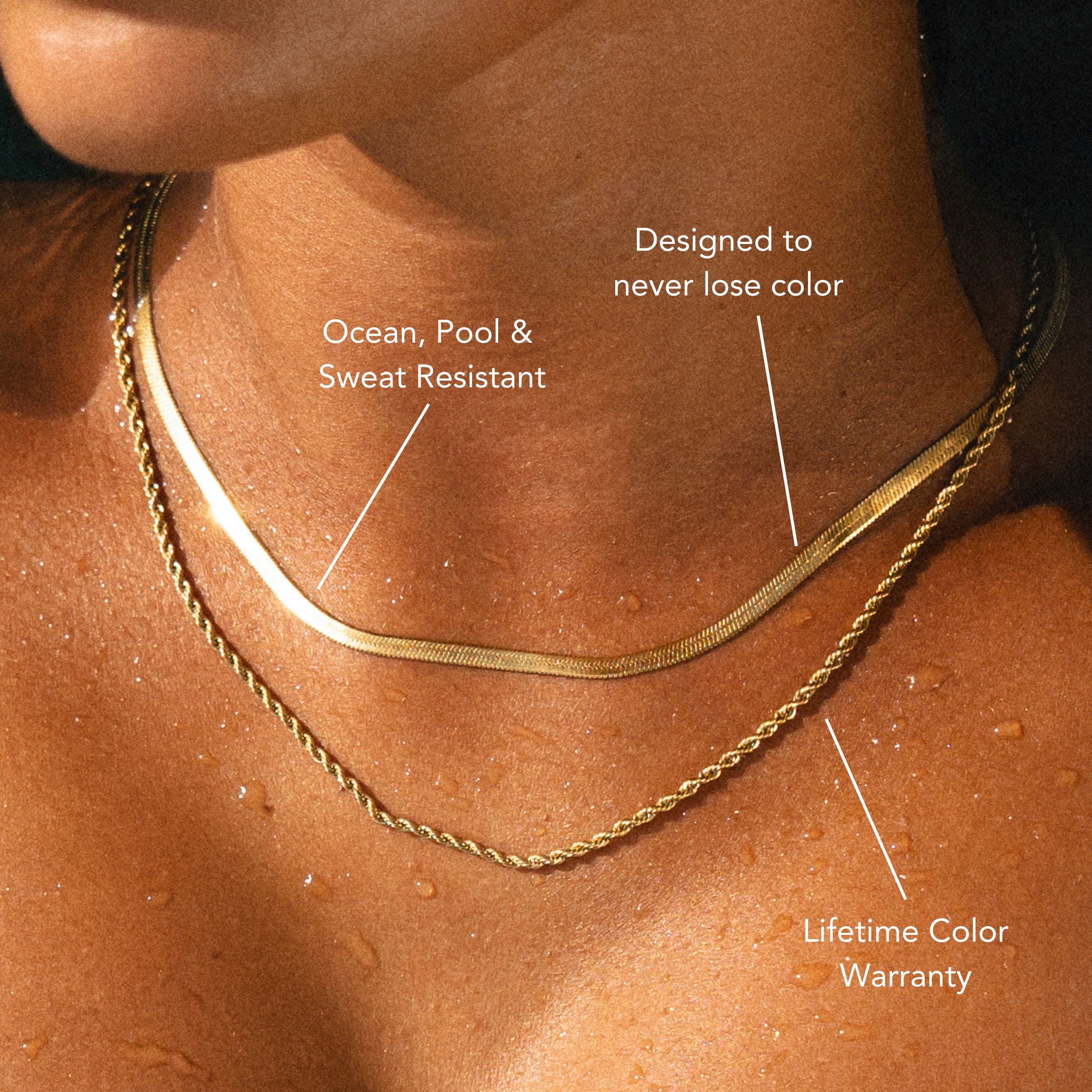
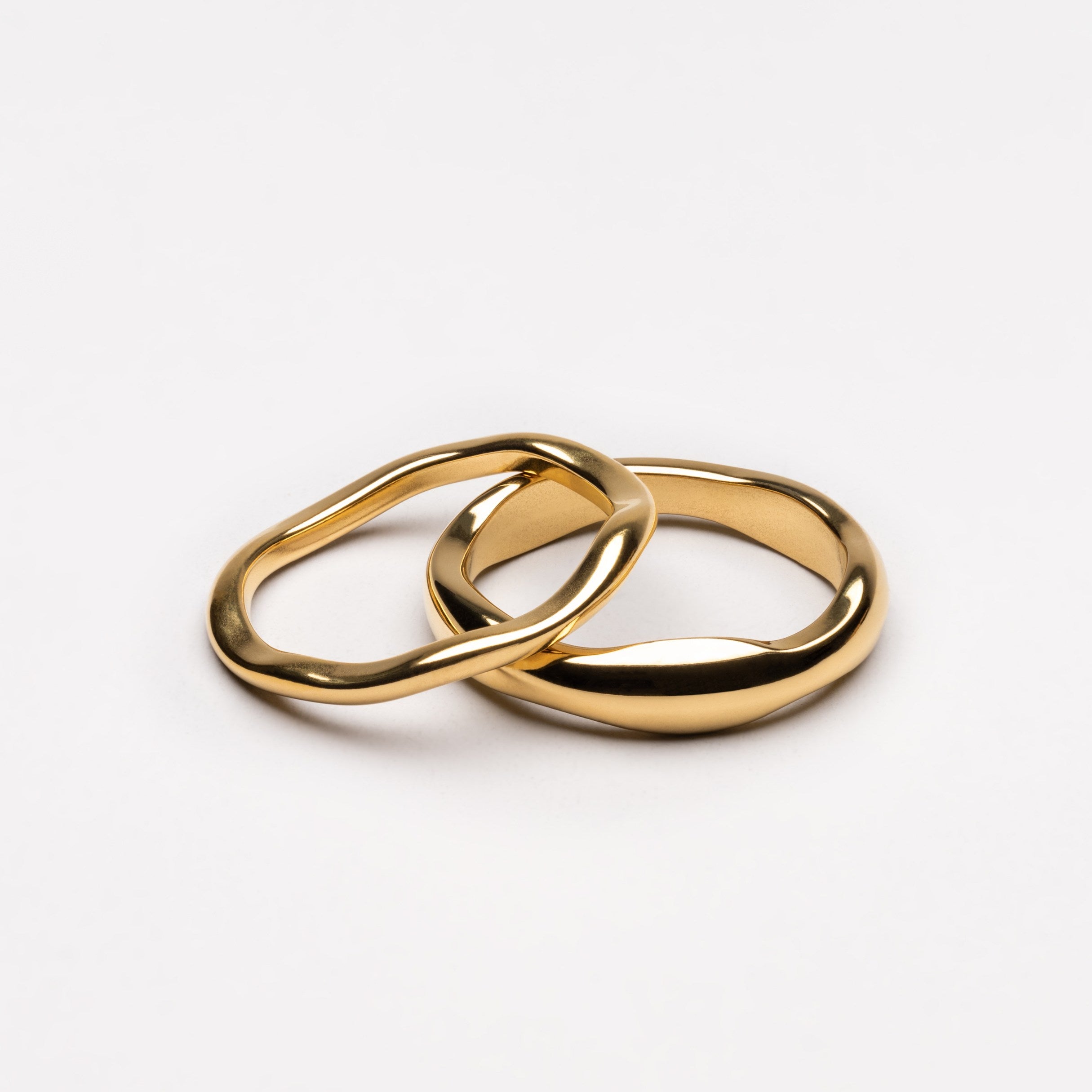
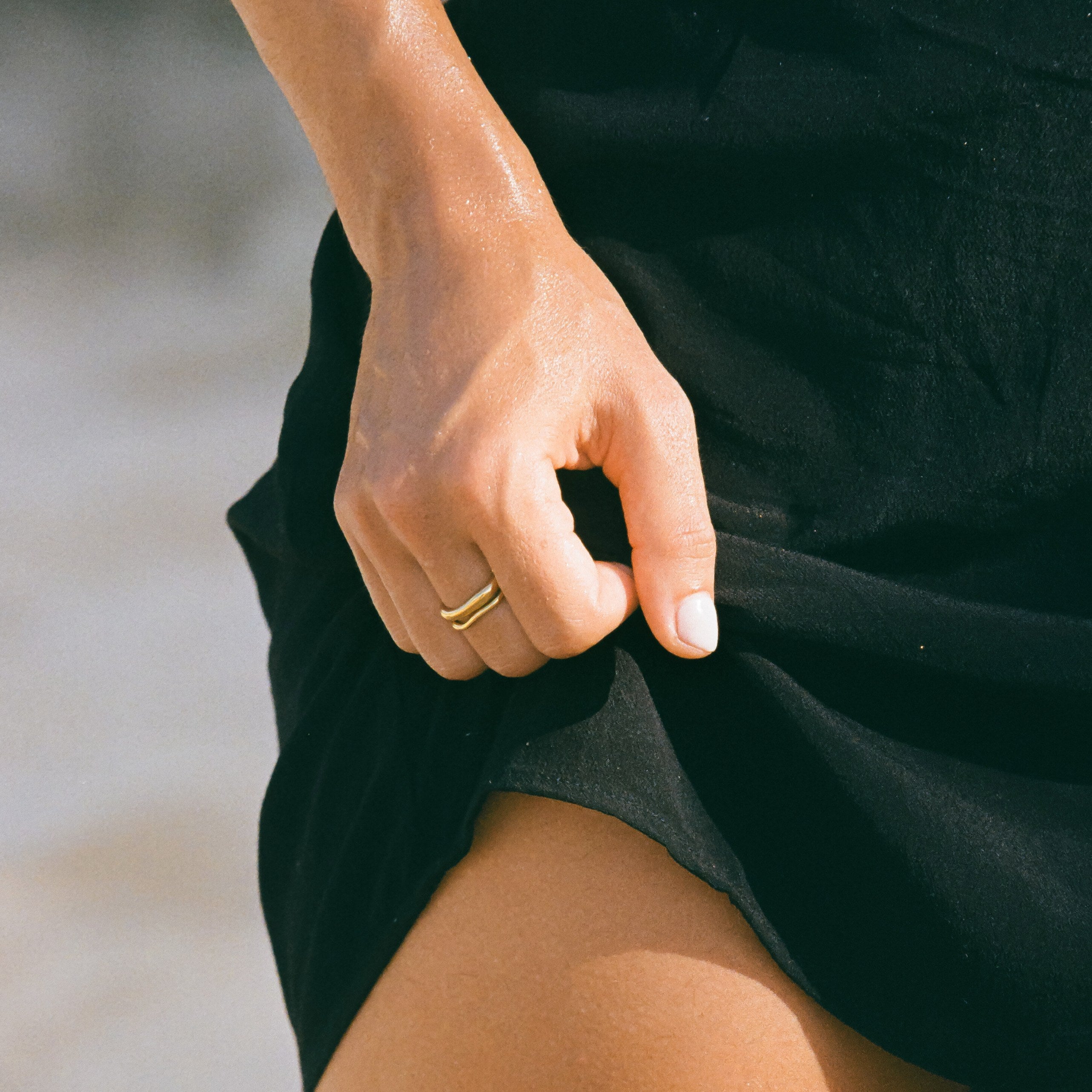

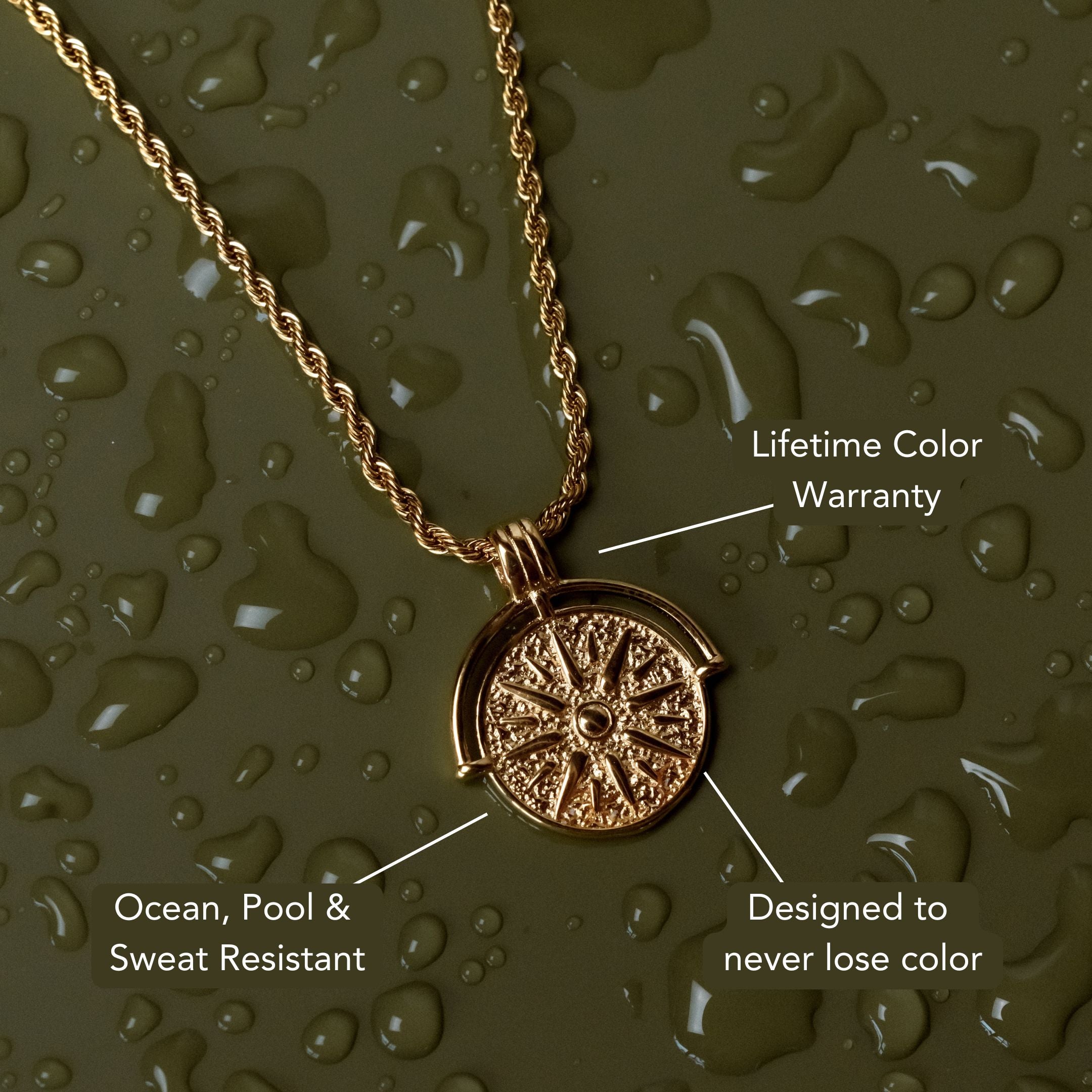

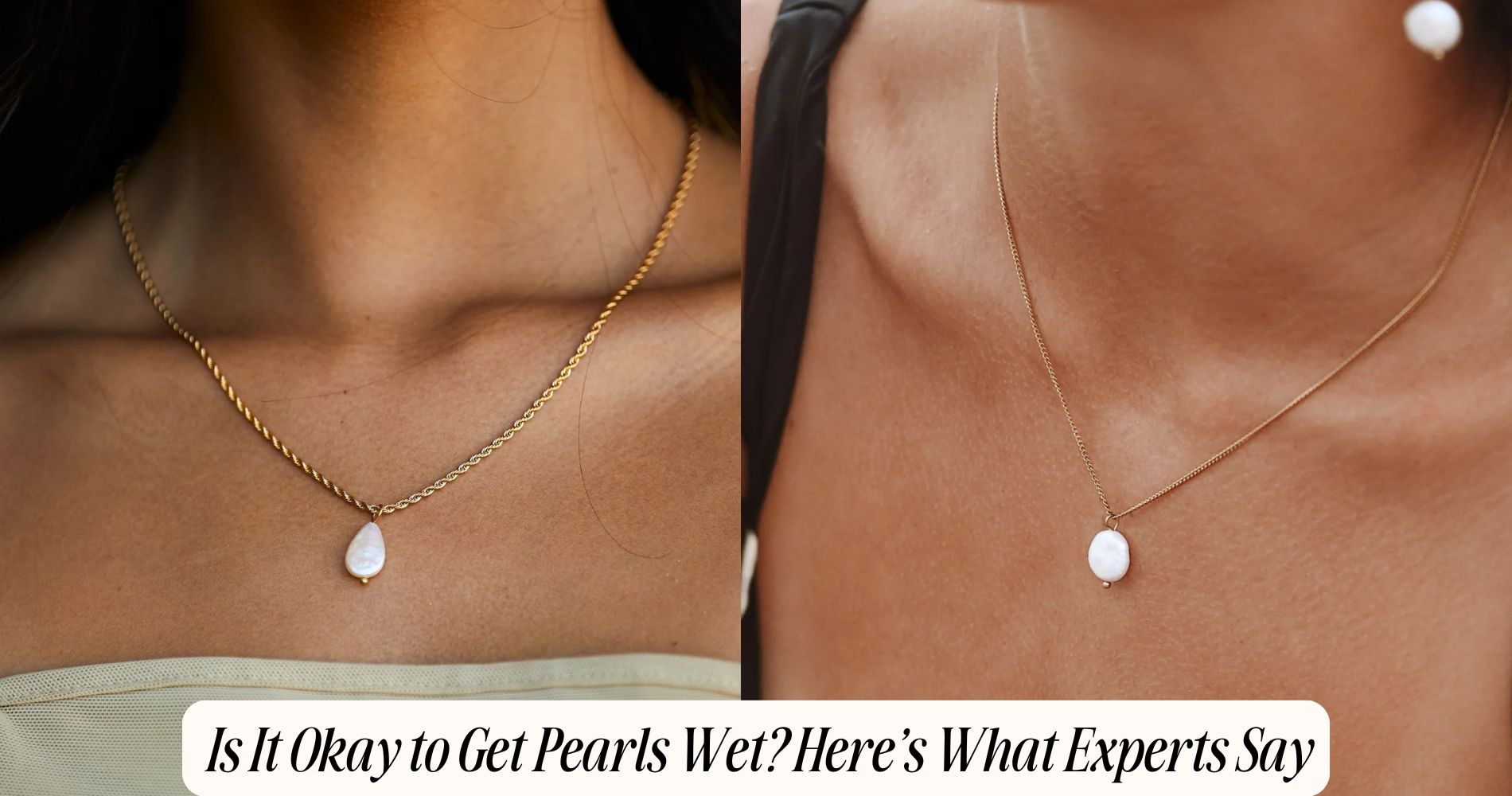




Leave a comment
This site is protected by hCaptcha and the hCaptcha Privacy Policy and Terms of Service apply.